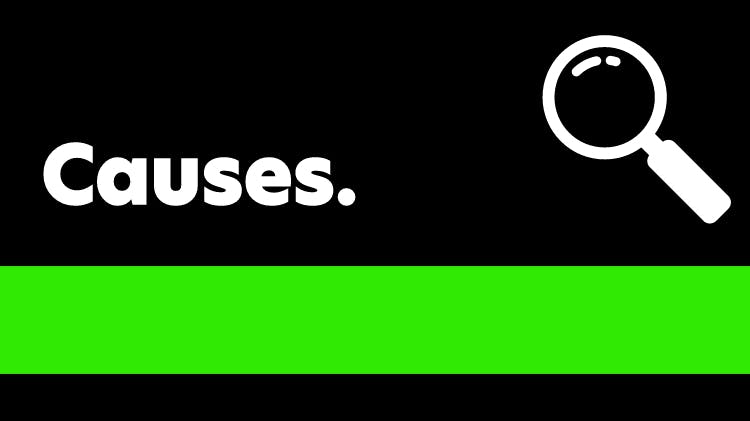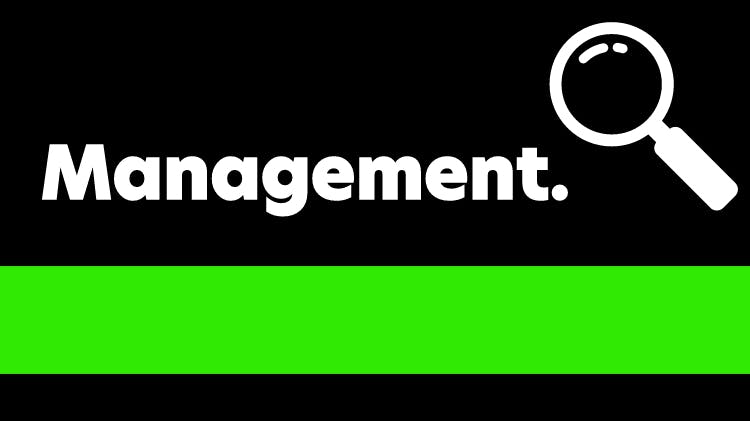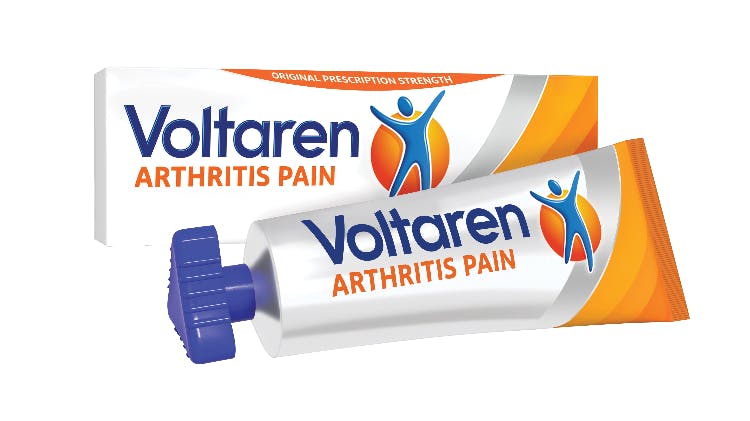Musculoskeletal pain can impact all major areas of the body, including the neck, shoulders, wrists, back, hips, legs, knees, and feet. Some of the most common types of musculoskeletal pain include:
- Bone pain. Bone pain can be the result of a fracture or other musculoskeletal injury. While it’s less common, bone pain may also indicate the presence of an undetected tumor.
- Muscle pain. Cramps, injuries and muscle spasms can all cause muscle pain, as can infections or tumors.
- Joint pain. Inflammation and stiffness in the joints are symptoms of joint pain. For many patients with joint pain, exercise can exacerbate their symptoms, while rest does the opposite.
- Tendon or ligament pain. Tendons and ligaments—the strong bands of tissue that connect our joints to our bones—can become injured or inflamed due to overuse, sprains and strains.
What are the symptoms of musculoskeletal pain?
Patients with musculoskeletal pain may experience the following:
- Aching muscles
- Stiff muscles
- Burning sensations in the muscles
- Fatigued muscles
- Twitchy muscles
- Pain during exercise
- Disrupted sleep
What conditions put patients at a higher risk for musculoskeletal pain disorder?
Patients with the following conditions possess a higher risk of developing musculoskeletal pain:
- Fibromyalgia: a chronic illness that causes symptoms of musculoskeletal pain and fatigue all over the body. Patients with fibromyalgia usually experience muscle, tendon or ligament pain.
- “Tunnel” syndromes: Nerve-related conditions can cause musculoskeletal pain when the “tunnel,” or opening that a nerve passes through, is compressed or pinched. These conditions are usually a result of overuse and include carpal tunnel, cubital tunnel and tarsal tunnel syndrome. Patients may also feel the effects of sciatica—pain running down the back of the leg—due to nerve-related issues in their spine.
- Arthritis: Arthritis causes chronic joint inflammation in addition to joint pain and stiffness. Patients with arthritis can experience musculoskeletal pain as the irritation and weakening of muscles, ligaments, tendons and bursae (i.e. fluid-filled sacs that pad the bones). The overuse of muscles and tendons near the joints can cause bursitis—the inflammation of the bursae.
Soft-tissue musculoskeletal damage
Athletes may experience specific kinds of soft tissue damage, such as tennis elbow and golfer’s elbow—a painful condition that inflames the tissues holding the elbow together. Runners can develop plantar fasciitis if the band of muscle along the bottom of their foot becomes inflamed and painful. Damage to these areas can result in symptoms of musculoskeletal pain at the injury site.
Diagnosing musculoskeletal pain
Diagnosing musculoskeletal pain requires physicians to take various signs and symptoms into account. This can include reviewing a patient’s medical history, looking at the possible causes of their pain, including their work conditions, athletic or recreational activities, repetitive movements and more. Patients may require a hands-on examination to locate the source of their pain. Other procedures used to diagnose and understand the extent of the musculoskeletal pain damage can include X-rays, blood tests, CT scans and MRIs. After determining the cause of your patient’s pain, there are several treatment options you can discuss with them.







